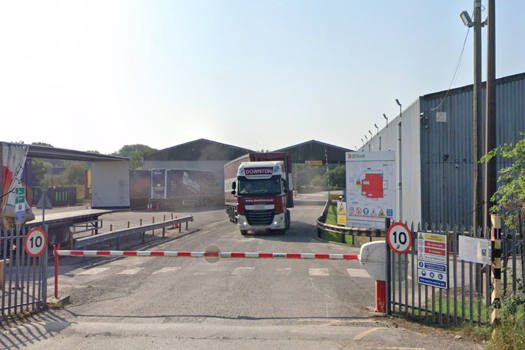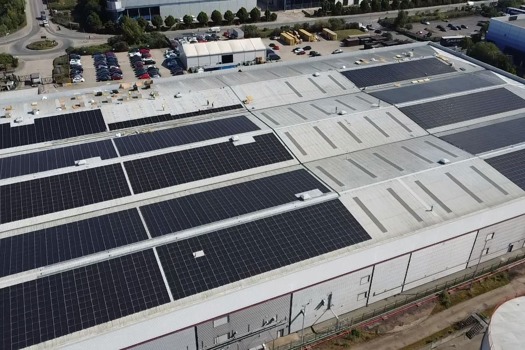Available now as free software downloads and field retrofits, the software updates allow materials of double the thickness – up to 1.6mm – and reduce typical loading time on the machines by two-thirds to around three minutes.
These upgrades are complemented by updates to Canon’s Prisma XL workflow software offering improved Mac OS support and streamlining for common workflows.
Machinery at the booth also includes the firm’s Arizona 2380 GTF flatbed and ImagePrograf GP-6600S with new water-based Lucia Pro II inks.
Much of Canon’s presence at the show, however, focuses on the close ties needed between manufacturers: next door stands from Fotoba and Neolt feature collaborations with Canon in poster printing and packaging factory setups respectively, and Canon features a number of allied software providers on its own stand.
“It’s quite a theme for us this year,” explained Mathew Faulkner, EMEA marketing and innovation director at Canon.
“We are committed to not only thinking about our own products and the printers, but also how our customers need to integrate them into their whole workflow.
“Our customers are looking for automation and efficiency, and that’s a reflection of changing run lengths, changing demands from their customers. All the time, they’re looking to do more with less.
“Working with those suppliers, we’re showing an end-to-end process that goes from the moment someone orders something online, all the way to the printer."
Also featured is Canon’s prototype AI-powered automatic relief print tool, developed in collaboration with Fontys University in the Netherlands. Capable of generating a projected elevation map for relief print from a 2D image. The software can effectively cut out the fiddly process of drawing up relief maps in Photoshop.
Once available to the market – which Faulkner said should happen within a few years – the tool will open up new avenues for accessible reproduction of imagery for blind and partially sighted people.
“Commercially, it’s a great opportunity for any of the thousands of Arizona owners, to talk to galleries and museum owners,” Faulkner said.
Faulkner added that he was looking forward to getting out and seeing innovations from across the show.
“It looks like a very big show this time, and there’s a lot of interesting stuff to see."








